 Image via Wikipedia
Image via Wikipedia
American scientist
in full Linus Carl Pauling
born February 28, 1901, Portland, Oregon, U.S.
died August 19, 1994, Big Sur, California
American theoretical physical chemist who became the only person to have won two unshared Nobel Prizes. His first prize (1954 was awarded for research into the nature of the chemical bond and its use in elucidating molecular structure; the second (1962) recognized his efforts to ban the testing of nuclear weapons.
... structural knowledge assisted him in developing an electronegativity scale in which he assigned a number representing a particular atom’s power of attracting electrons in a covalent bond.
On one of his trips to visit Mirsky in New York, Pauling met Karl Landsteiner, the discoverer of blood types, who became his guide into the field of immunochemistry. Pauling was fascinated by the specificity of antibody-antigen reactions, and he later developed a theory that accounted for this specificity through a unique folding of the antibody’s polypeptide chain. World War II interrupted this theoretical work, and Pauling’s focus shifted to more practical problems, including the preparation of an artificial substitute for blood serum useful to wounded soldiers and an oxygen detector useful in submarines and airplanes. J. Robert Oppenheimer asked Pauling to head the chemistry section of the Manhattan Project, but his suffering from glomerulonephritis (inflammation of the glomerular region of the kidney) prevented him from accepting this offer. For his outstanding services during the war, Pauling was later awarded the Presidential Medal for Merit.
While serving as a visiting professor at the University of Oxford in 1948, Pauling returned to a problem that had intrigued him in the late 1930s—the three-dimensional structure of proteins. By folding a paper on which he had drawn a chain of linked amino acids, he discovered a cylindrical coil-like configuration, later called the alpha helix. The most significant aspect of Pauling’s structure was its determination of the number of amino acids per turn of the helix. During this same period he became interested in deoxyribonucleic acid (DNA), and early in 1953 he and protein crystallographer Robert Corey published their version of DNA’s structure, three strands twisted around each other in ropelike fashion. Shortly thereafter James Watson and Francis Crick published DNA’s correct structure, a double helix. Pauling’s efforts to modify his postulated structure had been hampered by poor X-ray photographs of DNA and by his lack of understanding of this molecule’s wet and dry forms. In 1952 he failed to visit Rosalind Franklin, working in Maurice Wilkins’s laboratory at King’s College, London, and consequently did not see her X-ray pictures of DNA. Frankin’s pictures proved to be the linchpin in allowing Watson and Crick to elucidate the actual structure. Nevertheless, Pauling was awarded the 1954 Nobel Prize for Chemistry “for his research into the nature of the chemical bond and its application to the elucidation of the structure of complex substances.”
While at San Diego and Stanford, Pauling’s scientific interests centred on a particular molecule—ascorbic acid (vitamin C). He examined the published reports about this vitamin and concluded that, when taken in large enough quantities (megadoses), it would help the body fight off colds and other diseases. The outcome of his research was the book Vitamin C and the Common Cold (1970), which became a best-seller. Pauling’s interest in vitamin C in particular and orthomolecular medicine in general led, in 1973, to his founding an institute that eventually bore his name—the Linus Pauling Institute of Science and Medicine. During his tenure at this institute, he became embroiled in controversies about the relative benefits and risks of ingesting megadoses of various vitamins. The controversy intensified when he advocated vitamin C’s usefulness in the treatment of cancer. Pauling and his collaborator, the Scottish physician Ewan Cameron, published their views in Cancer and Vitamin C (1979). Their ideas were subjected to experimental animal studies funded by the institute. While these studies supported their ideas, investigations at the Mayo Clinic involving human cancer patients did not corroborate Pauling’s results.
Technorati Cosmos: other blogs commenting on this post
![Reblog this post [with Zemanta]](http://img.zemanta.com/reblog_b.png?x-id=8824915f-d84d-46c7-9ccd-a5ae67498fa4)

![Reblog this post [with Zemanta]](http://img.zemanta.com/reblog_b.png?x-id=0ae7fb86-c2d6-419f-9154-6f9421a1f223)
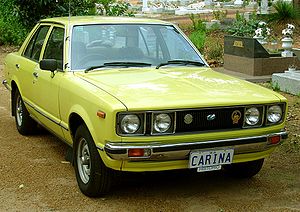
![Reblog this post [with Zemanta]](http://img.zemanta.com/reblog_b.png?x-id=4a976080-fbfd-4b41-996a-7185d16f9612)
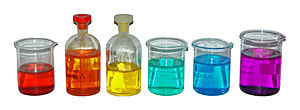
![Reblog this post [with Zemanta]](http://img.zemanta.com/reblog_b.png?x-id=ee4f00ac-440c-44e5-8d88-2330024038d6)

![Reblog this post [with Zemanta]](http://img.zemanta.com/reblog_b.png?x-id=13165a96-e71c-41a4-a2f1-7105a2d10674)

![Reblog this post [with Zemanta]](http://img.zemanta.com/reblog_b.png?x-id=ffe55f6a-b7eb-4b38-98fa-716e897f1899)
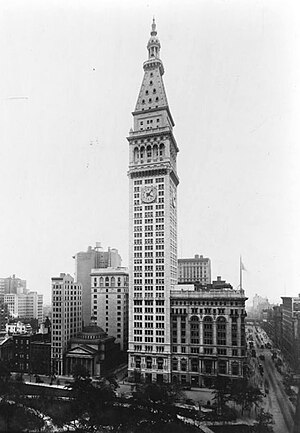
![Reblog this post [with Zemanta]](http://img.zemanta.com/reblog_b.png?x-id=b4f6c341-9bf9-4dff-b569-d945a0ace2c1)

![Reblog this post [with Zemanta]](http://img.zemanta.com/reblog_b.png?x-id=bfef2edb-430a-4bc4-84a8-cb4883ce49b2)

![Reblog this post [with Zemanta]](http://img.zemanta.com/reblog_b.png?x-id=e8f4fe2b-0e4d-44ff-8df4-631739aa9c67)
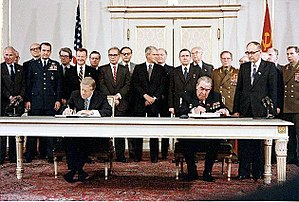
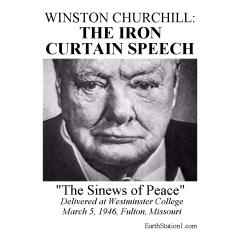

![Reblog this post [with Zemanta]](http://img.zemanta.com/reblog_b.png?x-id=84d3ce49-2e3a-42aa-83da-7ab3697fb6d9)


![Reblog this post [with Zemanta]](http://img.zemanta.com/reblog_b.png?x-id=f55c2ab1-ed16-4f8a-9b2a-4fc9498b976f)

![Reblog this post [with Zemanta]](http://img.zemanta.com/reblog_b.png?x-id=018904dc-e8a0-4faf-b6ac-0ca376e5cb54)

![Reblog this post [with Zemanta]](http://img.zemanta.com/reblog_b.png?x-id=3b6aa70f-c1d1-46a4-805e-9aacd623d1ac)